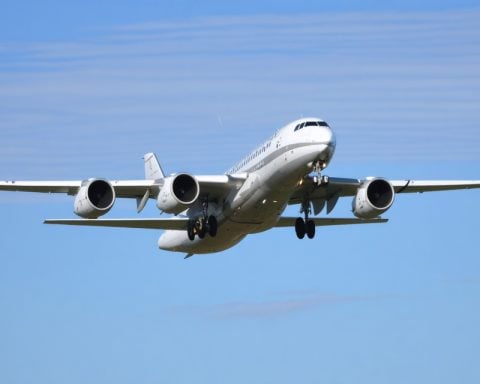Evidence of Atrocities in Qutayfah
Recent revelations concerning mass grave sites in Syria have shed light on a disturbing pattern of human rights abuses conducted under the regime of Bashar al-Assad. An international war crimes prosecutor has indicated that since 2013, the Syrian government has operated a “death machine,” leading to the estimated torture and murder of over 100,000 individuals.
During a visit to grave sites in the towns of Qutayfah and Najha, the prosecutor detailed how evidence supports the grim assertion of systematic killings reminiscent of historical atrocities. He noted the scale of organized violence perpetrated by state authorities, drawing parallels to the horrors witnessed during the Nazi regime.
Eyewitness accounts from local residents describe refrigeration trucks arriving consistently, depositing bodies into deep trenches dug by heavy machinery. One local highlighted the pervasive fear of speaking out, emphasizing that the site symbolizes untold suffering and loss.
The importance of accountability was stressed by Omar Hujeirati, a former protest leader who believes his missing family members may lie in these graves. He called for a legitimate judicial process to ensure those responsible for these acts face justice, firmly stating that the survivors demand recognition of their pain and an end to the impunity surrounding these brutal acts of violence.
This disturbing situation continues to unfold, prompting calls for international attention and intervention to address the grave human rights violations in Syria.
Uncovering the Truth: Atrocities in Qutayfah and the Call for Justice
Evidence of Atrocities in Qutayfah
The ongoing investigation into human rights abuses in Syria has recently turned its focus on specific locales such as Qutayfah and Najha, where mass grave sites serve as tragic testaments to a systematic pattern of violence perpetrated by the Bashar al-Assad regime. This revelation aligns with accounts indicating that since 2013, an estimated 100,000 individuals have suffered torture and murder under government orders.
New Insights into Human Rights Violations
Historical Context and Comparison
Reports from war crimes experts underline the systematic nature of these atrocities, drawing parallels to historical genocides, including those committed during the Holocaust. The current regime has utilized strategies that are indicative of a genocide, involving mass incarceration, torture, and extrajudicial killings, which have gone largely unchecked both domestically and internationally.
Eyewitness Accounts
Local residents have provided harrowing descriptions of refrigeration trucks arriving regularly at these grave sites, where heavy machinery has been employed to dig trenches for burial. These firsthand accounts highlight a profound silence enforced by fear and oppression, indicating a widespread atmosphere of terror among the surviving population.
Survivors Seeking Justice
Among those demanding accountability is Omar Hujeirati, who has lost family members believed to be among the interred victims. Hujeirati’s calls for a legitimate judicial process highlight the urgent need for recognition of the enduring trauma faced by survivors. His narrative encapsulates the broader longing for justice that resonates within the Syrian community as the world watches.
Implications for International Relations
Calls for Intervention
The revelations surrounding these mass graves and their implications have ignited a chorus of calls for international intervention. Human rights organizations are appealing to global powers to address these egregious violations, urging action to end the culture of impunity that allows such horrific acts to persist.
Future Outlook and Predictions
Accountability and Justice
As the investigation unfolds, there is a growing consensus that meaningful accountability must be prioritized. There are discussions about establishing international courts to prosecute individuals responsible for these crimes against humanity. The formation of a comprehensive legal framework could pave the way for justice, not just for the victims but also for establishing precedent in international law.
Increased Awareness
The media’s role in amplifying these stories will also be crucial in maintaining public interest and pressure on governments to act. Continued reporting on the conditions in Syria can spur humanitarian efforts and support international laws aimed at protecting human rights.
Conclusion
The evidence emerging from areas like Qutayfah not only highlights the brutal reality of the Syrian civil war but also serves as a stark reminder of the need for global attention to human rights abuses. As the cries for justice grow louder, the question remains: will international entities respond adequately to the demands of the victims and survivors?
For further insights and updates on human rights issues, visit Amnesty International and Human Rights Watch.



















